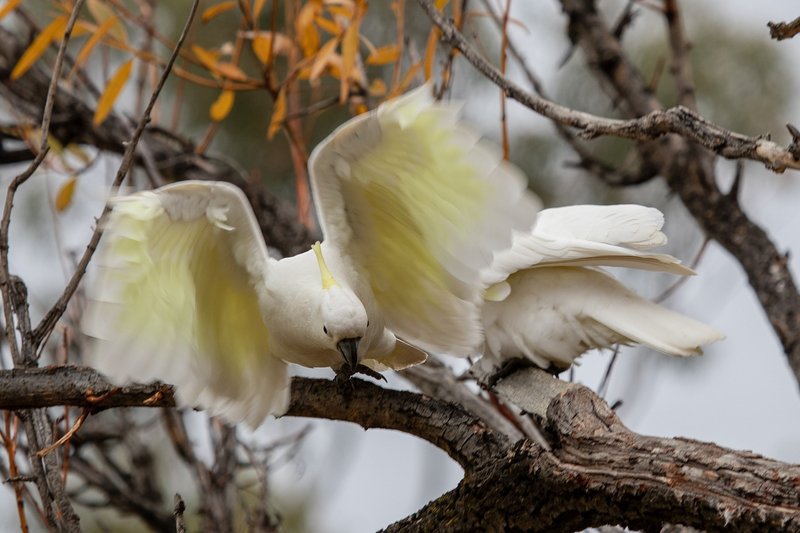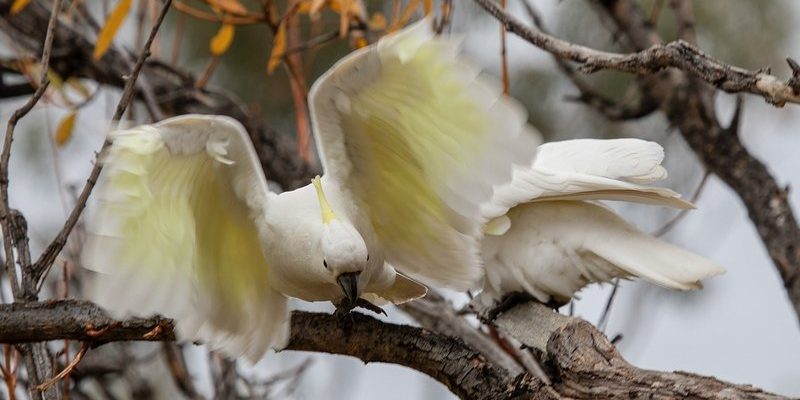
You might be wondering how these birds, often seen gracefully soaring through the treetops, manage to catch their prey or navigate their environment. Well, let me explain! Cockatoos have evolved to be superb fliers and hunters, and their unique techniques give them an edge in the wild. From their strong beaks to their social behaviors, every aspect contributes to their hunting success. Ready to dive deeper? Let’s take a closer look at what makes cockatoos so special.
What Makes Cockatoos Unique Fliers?
Cockatoos are renowned for their impressive flight abilities. They possess a special combination of strength and agility that allows them to execute remarkable maneuvers in the air. Their wings are long and broad, which helps them glide effortlessly over large distances. When you see them flying, it’s almost like they’re dancing with the wind.
One of the most fascinating aspects of their flight is how they use their crests. When a cockatoo feels excited or threatened, it raises its crest, which not only looks striking but also helps them maintain balance and control in the air. This feature sets them apart from other birds. Think of it like an artist adding flair to a performance—all about style and functionality.
Additionally, cockatoos are highly social creatures. Their flight patterns are often influenced by their need to stay close to their flocks. You’ll see them soaring together, navigating the skies in synchronicity. This not only makes it easier to find food but also helps protect against predators. Flying in numbers is like having a built-in security system, and it’s part of what makes them so successful in their environment.
Hunting Techniques: The Cockatoo Way
When it comes to hunting, cockatoos have some clever strategies up their feathers. They primarily feed on seeds, nuts, and fruits, and their unique beaks play a crucial role in this. Their strong, curved beaks can crack open the toughest shells—think of how a nutcracker works. This means they can access food sources that many other birds can’t.
You might be surprised to learn that cockatoos are also quite intelligent. They often use tools to help them get to their food. For instance, they might drop hard-shelled nuts from great heights onto rocks or hard surfaces to break them open. It’s a bit like using physics to their advantage. This shows not only their hunting skills but also their problem-solving abilities.
Furthermore, cockatoos are known for their keen senses. They can spot food from high in the trees, thanks to their exceptional eyesight. When they see something tasty on the ground, they often swoop down in a flash, snatching it up before any other creature gets the chance. Their stealth and speed make them formidable hunters.
Social Hunting: Teamwork in Action
One interesting aspect of cockatoo behavior is their reliance on social structures while hunting. These birds often work together to find and access food, showcasing remarkable teamwork. Imagine a group of friends hunting for treasure—everyone plays a part to help the others succeed.
When one cockatoo discovers a food source, it often calls out to others in the flock. This allows the entire group to benefit, combining their efforts for more effective hunting. Their social nature not only strengthens their bonds but also increases their chances of survival in the wild.
This collaborative hunting is particularly noticeable when they search for larger food sources, like a tree full of ripe fruits. Some members of the flock may keep watch for predators while others feast. It’s a clear display of strategy and communication, showing how the cockatoos thrive as a community.
Adaptability: Changing Techniques for Survival
One thing that stands out about cockatoos is their adaptability. These birds have learned to thrive in various environments, from forests to urban areas. As their habitats change, so do their hunting techniques. This adaptability is key to their survival.
For example, in urban areas, cockatoos have been known to scavenge for food alongside people. They might rummage through garbage bins or visit parks, adjusting their diet to include scraps. It’s like they’ve figured out how to live in a new world while still being true to their nature.
This flexible approach means they can take advantage of different food sources and habitats. Whether they’re in the wild or adapting to human environments, cockatoos are skilled at changing their hunting strategies to maximize their chances of finding food.
The Role of Vocalization in Hunting
You might not realize it, but cockatoos are also vocal creatures, and their calls play a significant role in hunting. These birds have developed a range of sounds that help them communicate with each other. Whether it’s alerting their flock to a food source or warning them of potential dangers, their vocalizations are vital for survival.
When a cockatoo spots food, it might emit a series of loud calls to gather its flock. This not only gets their attention but also lets them know where to go. Imagine a team huddling together, coordinating their next play. These calls create a sense of urgency, prompting others to join in the hunt.
Additionally, vocalizations can help maintain social bonds. By communicating effectively, cockatoos foster strong relationships within their flocks, ensuring that everyone benefits from their encounters. It’s a prime example of how sound can be a tool for survival, enhancing their hunting techniques.
In summary, the flying and hunting techniques of cockatoos are truly unique and fascinating. From their impressive aerial skills to their clever hunting methods, these birds are a testament to the wonders of nature. Their ability to work together, adapt to various environments, and communicate effectively makes them stand out in the avian world.
Next time you see a cockatoo soaring through the sky or foraging on the ground, take a moment to appreciate the incredible strategies they use to thrive. These birds aren’t just beautiful; they’re also masters of survival, showcasing the incredible diversity of life on our planet. So, keep your eyes peeled and ears open—you might just witness these remarkable creatures in action!

